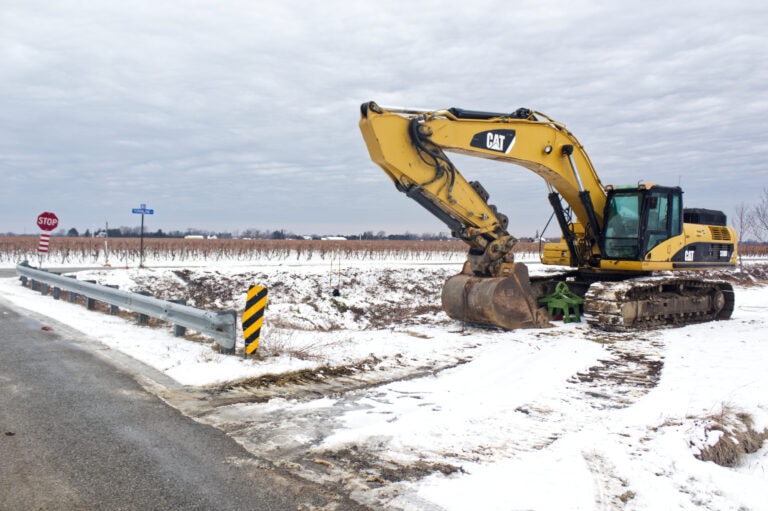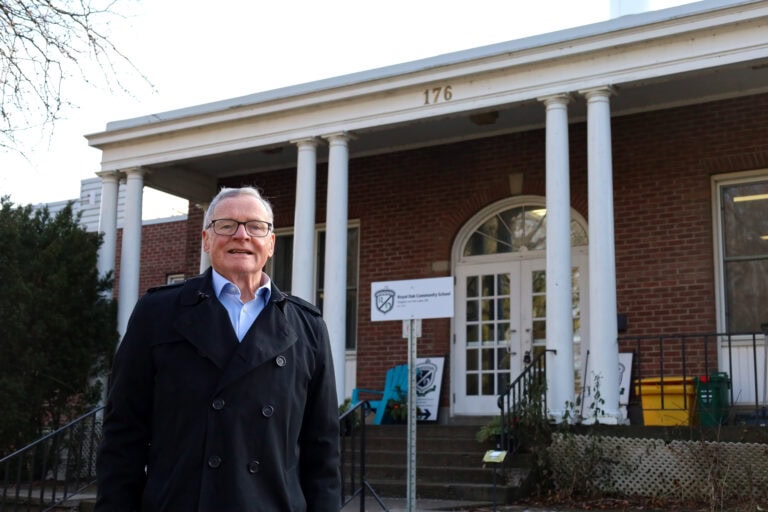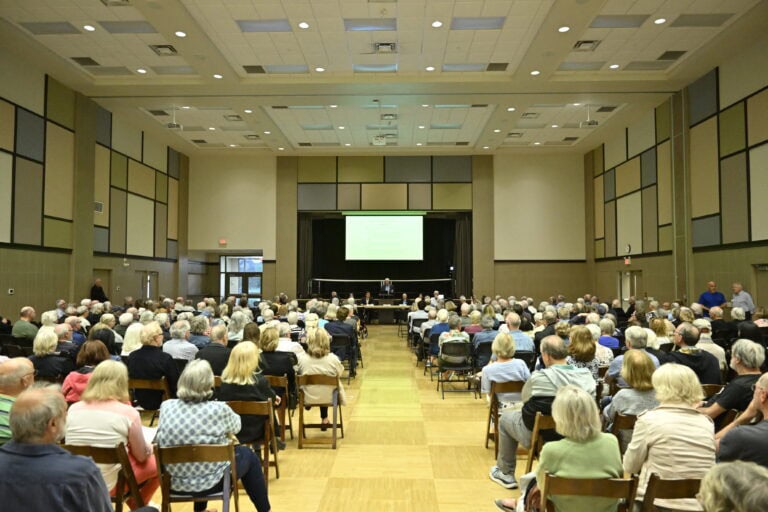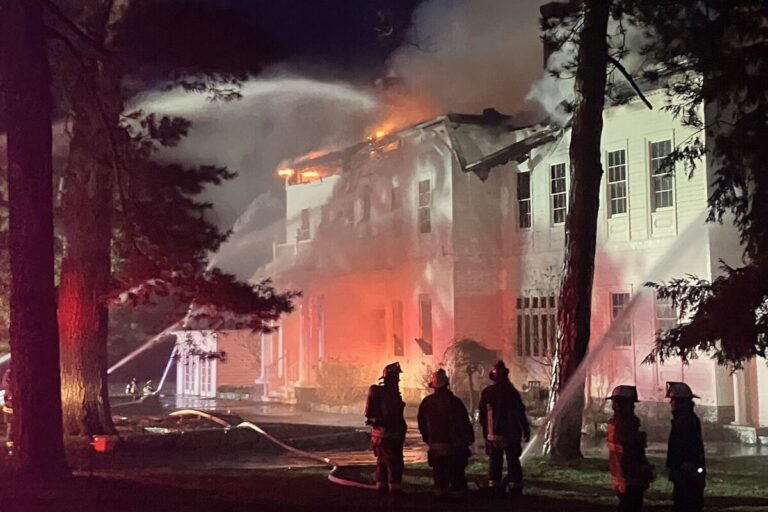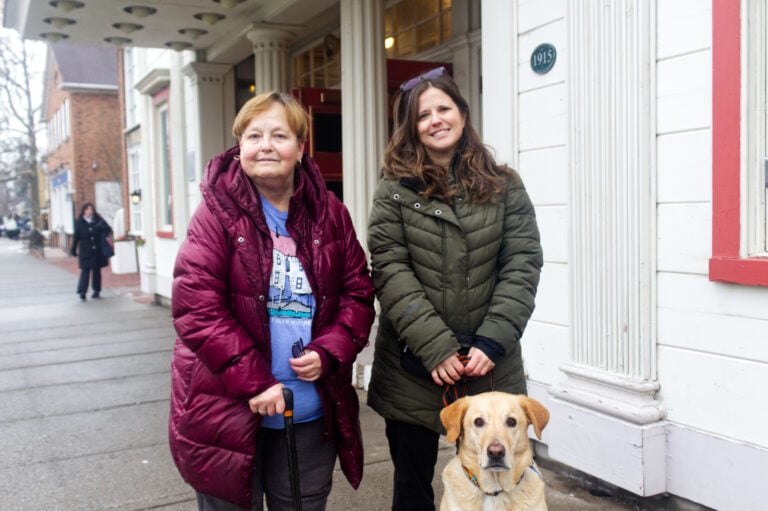A drive in the rural area of Niagara-on-the-Lake may take you to Larkin Road. It is only one rural block long, and is located between Concessions 1 and 2. Line 4 is to the north and Line 5 to the south. A bed and breakfast and an organic winery, as well as private homes are situated there.
The road was named for John Durrant Larkin, a Buffalo businessman, who played an important part in the 20th-century building of the area around Queenston. There are a few legends surrounding Larkin’s presence in the area, including references to iconic American architect Frank Lloyd Wright.
John Larkin, with his brother-in-law Elbert Hubbard, founded the Larkin Company, the manufacturer of Plain and Fancy Soaps. As their business grew, they expanded into mail order, one of the first American companies to do so.
At first, Larkin controlled the administration of his business himself; however, he reached a point where he needed help. He hired Darwin Martin, who streamlined his accounting and record-keeping system. Martin eventually became corporate secretary for the Larkin Company.
Tourists visiting Buffalo are often attracted to Darwin Martin’s house, which is an American national historic landmark. Martin’s brother had settled in Chicago and became acquainted with Frank Lloyd Wright. Martin liked Wright’s work and had his home designed by the architect. It was built in the prairie style between 1903 and 1905. Later, Martin commissioned Wright to design his Lake Erie cottage, Greycliff.
With his company growing, Larkin decided that he needed a much larger office building. He turned to Martin for advice and Wright was hired to design his first major public work, the Larkin Administration Building. Built between 1904 and 1906, the building had many state-of-the-art features, including air-conditioning and built-in furniture. Unfortunately, it can only be seen in photographs today because it was demolished in 1950.
John D. Larkin’s mother was Canadian. Larkin visited her family regularly and fell in love with the area on the western side of the Niagara River north of the falls. In 1900, he and his wife Hannah bought the riverside property Glencairn.
Located about a mile north of Queenston, Glencairn was built in 1832 for John Hamilton, the brother of Alexander, who was building Willowbank in the village at about the same time. The house faces the river, which was the main transportation artery at the time. Later in the decade Hamilton built a school house on the property for his estate workers. Some believe that his 10 children also attended the school, which can still be seen on the property today.
By 1905, Larkin had added bathrooms and a wing containing a dining room. He also built a coach house and improved the grounds, where he added a tea house for Hannah’s use. The garden was so attractive that Chicago writer Blanche Elizabeth Wade based her best-selling book “Garden in Pink” on it.
The house served mainly as a weekend retreat. Frank Lloyd Wright was one of the many visitors. He first came to stay in 1905.
In 1915, Larkin allowed the Canadian military to use Glencairn as a border post after two German spies were caught in the area. Larkin sold Glencairn to his daughter Ruth L. Robb and her husband in 1923, three years before his death. Members of the family continued to use it until the 1950s.
Behind the drystone wall surrounding the property are three other houses. They include what was the caretaker’s house and a large carriage house. Because it was known that Larkin was acquainted with Frank Lloyd Wright, some people believe he was involved in the design of these houses; however, a stamp on the carriage house names James A. Calvert as the builder.
Glencairn wasn’t Larkin’s only interest in Niagara. By 1901, he was expanding his Canadian business holdings. He bought three large farms consisting of 1,900 acres in total along what is now the Niagara River Parkway. They produced both fruit and vegetables as well as livestock.
In 1957, Ontario Hydro (today, Ontario Power Generation) opened the Sir Adam Beck II Generating Station, along with its reservoir at the top of the Niagara Escarpment. Under the reservoir are the 900 acres of Larkin’s Mountain Farm. This farm had been managed by Queenston native Frank Digweed in the early part of the 20th century. Digweed and his family lived in a house provided by Larkin.
A second farm just north of Queenston on the west side of the Parkway is now run as A la Gallarie bed and breakfast. Originally 200 acres, it was managed by a Mr. Ramsey. A two-storey farmhouse was provided for him. (The original house burned down in 2002. What you see today is a replica.) The farm’s barns and concrete silos are original and can still be seen from the Niagara Parkway.
Although fruits and vegetables were always grown in the area, this farm also produced a herd of merino sheep. Larkin was apparently fond of suits made from the wool of the breed. Although the land has since been subdivided, the area is still used as farmland.
As people travel along the Niagara Parkway toward Old Town, they are sure to notice three almost square single-storey houses. These were built by Larkin for farm workers with families.
Besides the houses on the Parkway, there are four more on Line 6. The 35-by-38-foot buildings had three bedrooms, three clothes presses (closets), a dining room, kitchen , living room, front and back porches, a full cellar and two barrel cisterns. Each also had its own garden plot. There were originally 24 such houses on the farms.
The buildings were constructed from concrete, in some cases, manufactured at the Queenston Quarry. Harold Usher, another well-known Queenstonian, ran the plant at the quarry for some years in the late 19th and early 20th century. Concrete was an important building material for Larkin because it was believed to be fireproof.
Again, because of Frank Lloyd Wright’s connection to Larkin, there are people who think that these houses were in fact designed by Wright. They base their claim on a statement made by Wright’s third wife and widow Olivianna Milanoff in her biography of her husband. In the index, she wrote that Wright designed “workman’s cottages and row houses.” While this may be true, they are not the concrete houses in Niagara. As with the carriage house near Glencairn, the more likely candidate is James A. Calvert. There is some evidence that he designed them as well.
John Durrant Larkin is a name most often associated with the heyday of Buffalo at the beginning of the 20th century. In spite of his business achievements, today, he is often thought of as a sidebar in the Darwin Martin/Frank Lloyd Wright story.
His presence in Niagara is also important. His progressive take on the welfare of his employees, as evidenced in his buildings and farms, speaks for itself. Although the farms no longer exist, so high was the quality of his workers’ homes and agricultural buildings, they still stand today.





